Activism at the workplace


Speaking Up: Hungarian Peasant Women’s Activism
Together with their male comrades, peasant women fought for a variety of improvements in the working and living conditions of agrarian men and women. ...
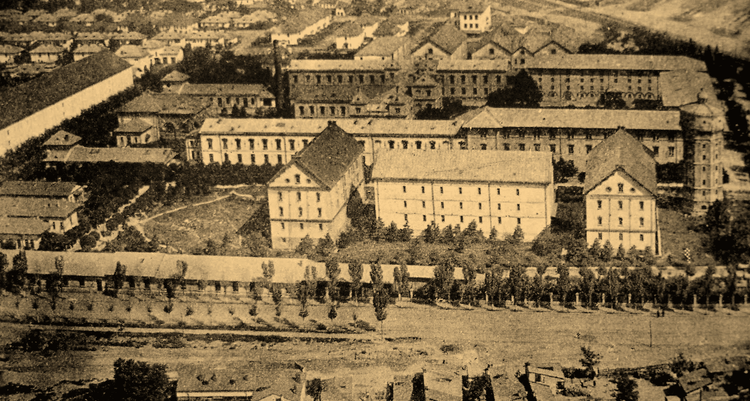
Interwar Trade Union Struggles at the Belvedere Tobacco Factory
Between the world wars, the Belvedere Tobacco Factory in Bucharest was one of the major state-owned enterprises in Romania.
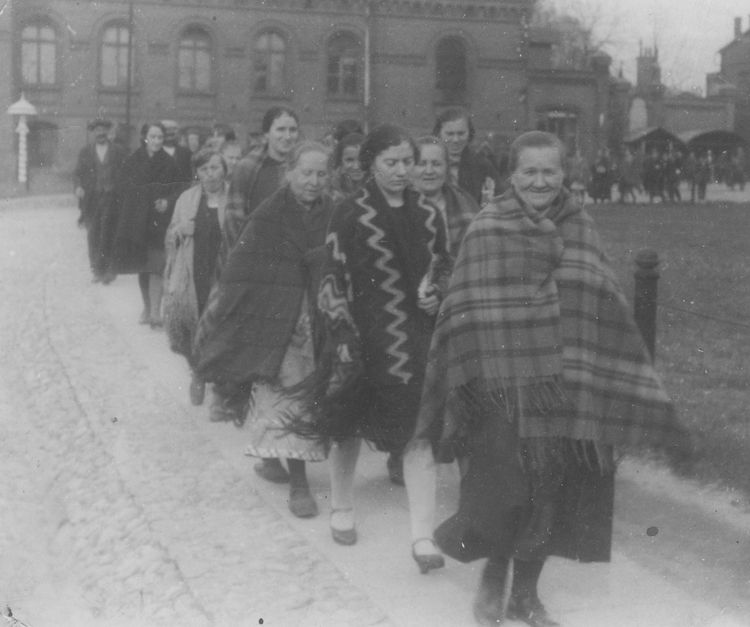
Bridging Class Divides? Polish Women Labour Inspectors in the Interwar Period
As Poland built itself into a modern nation-state after regaining independence in 1918, a unique group of women entered the public sphere as labour ...
Grappling with unpaid labour
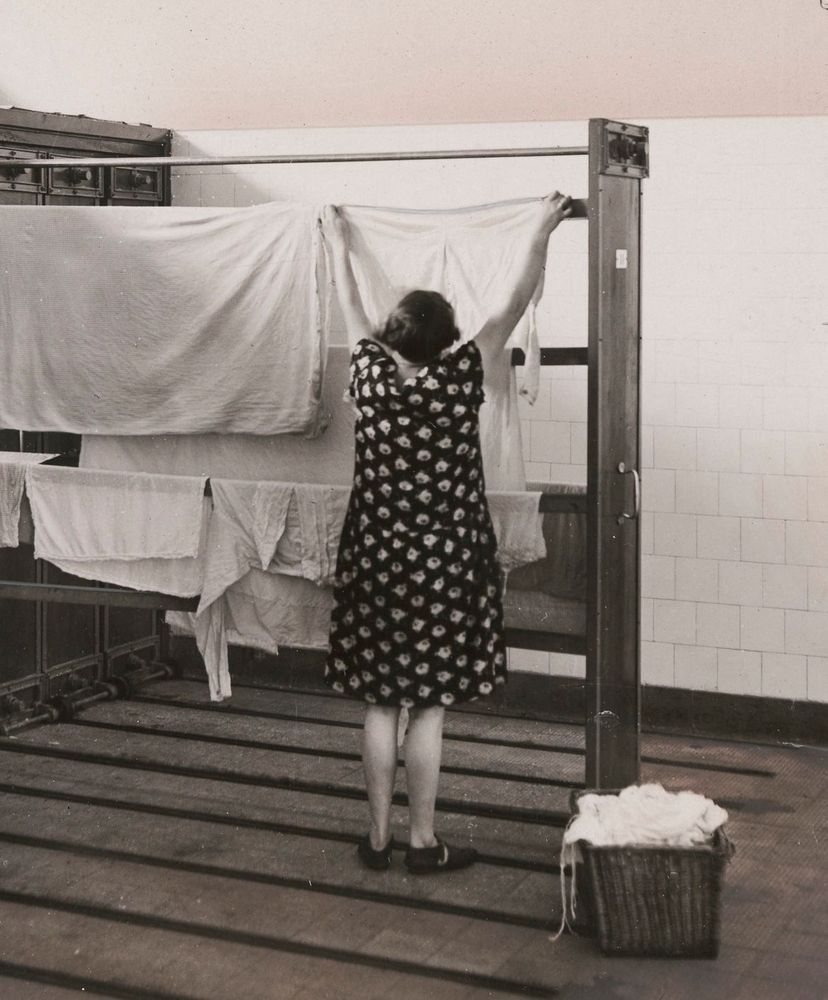

Part-Time Work: A Contested Issue
While part-time work can allow women to balance paid labour with family responsibilities, it has also been the subject of significant debate and ...
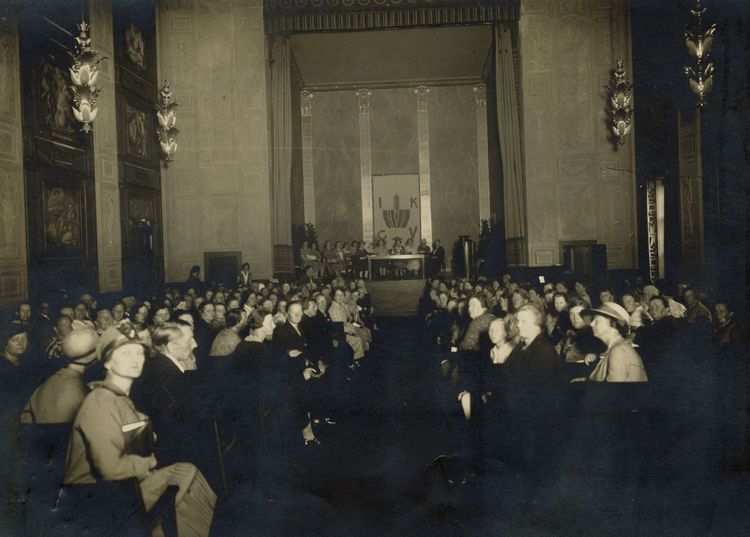
Everyday Labour as Politics: The International Co-operative Women’s Guild
In the interwar years, activists in the co-operative movement started to politicize women’s household labour and organize across country borders.

Social Research as Labour Activism: The 1936 Cluj Tobacco Factory Report
In 1936, Salvina Sturza, a student at the Superior School of Social Assistance in Bucharest, carried out a research project that today provides a ...
Fighting for the equal pay
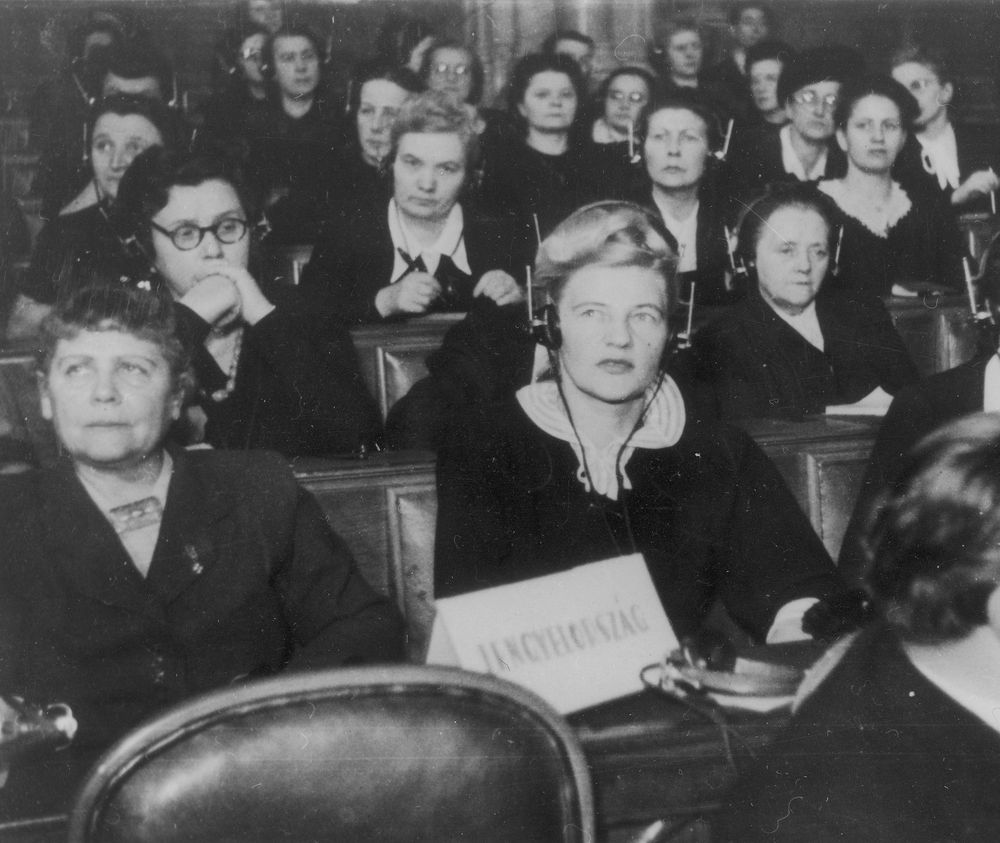

International Federation of Trade Unions and Equal Pay
Women labour activists fought against gender-based wage inequality during the interwar period. One of them was Valerie Novotná, a trade unionist from ...
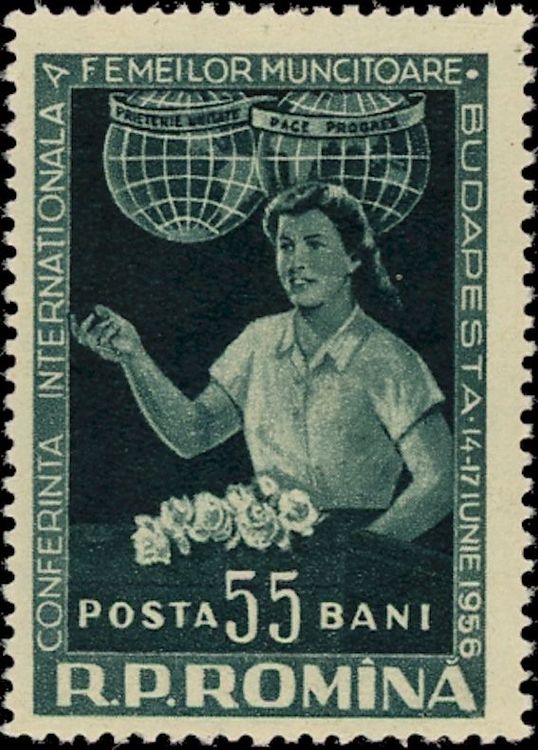
From Bucharest to Geneva: International Fight for Equal Pay
The post-World War II era in Eastern Europe brought a new context for the struggle for equal pay. Under state socialism, official discourse promoted ...
Labouring for the communities
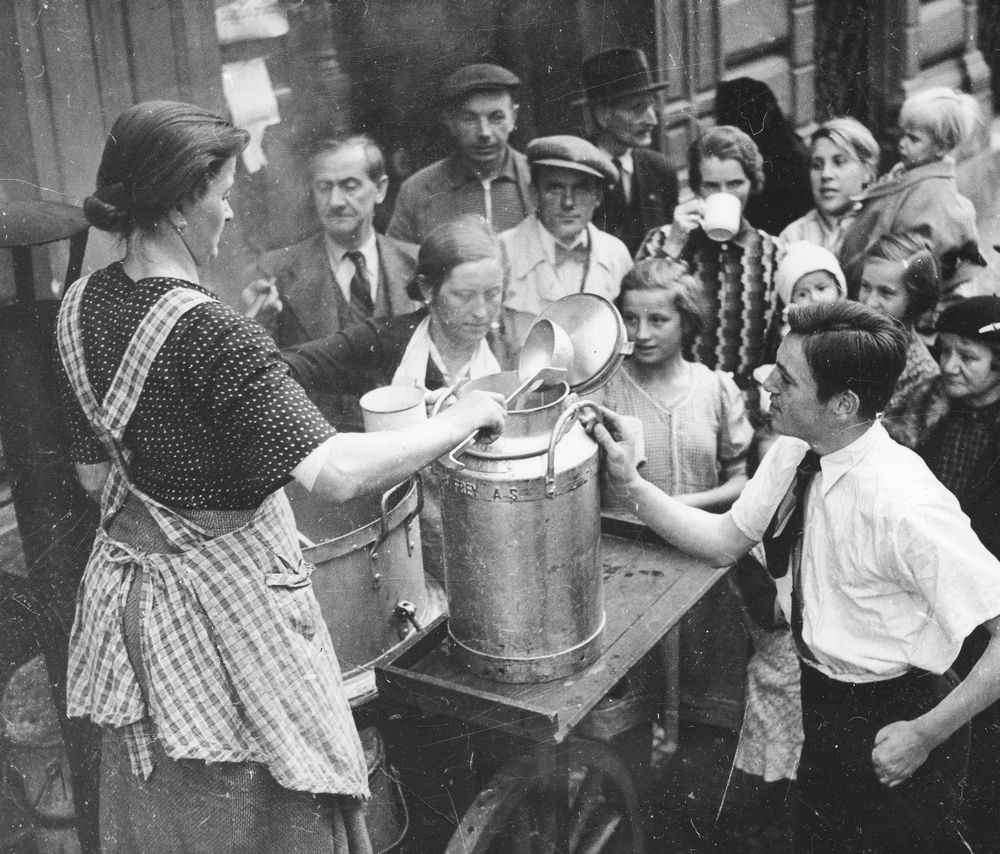

Food Riots in the Hungarian Countryside
In the final years of World War I, between 1917 and 1918, Hungary witnessed a surge of food riots, primarily led by women from the agrarian working ...

Rent Strikes in Vienna and Budapest
In the early twentieth century, women participated in urban protests over living conditions, particularly in the form of rent strikes in European ...
Class matters


Trouble with Trade Unions: Women Migrant Workers in the Austrian Textile Industry
In the aftermath of World War II in Austria, the textile industry heavily relied on women workers and was marked by low wages and physically ...
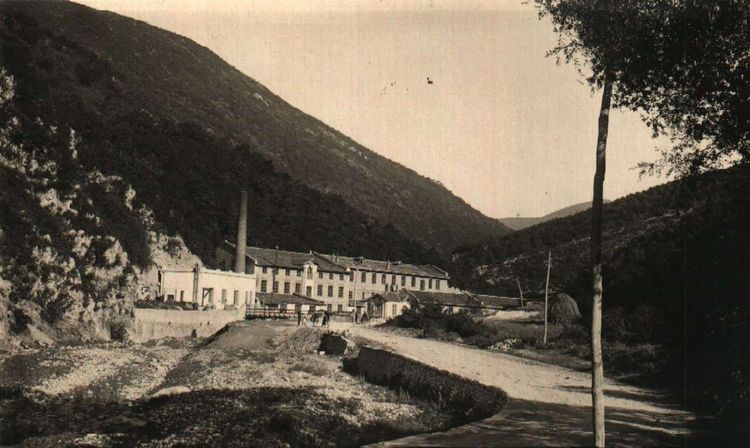
Enforcing the Eight-Hour Day: Implementation of International Labour Standards in Interwar Bulgaria
After World War I the struggle for shorter working hours in Bulgaria’s textile industry became particularly intense. Women workers were at the ...
Exit?
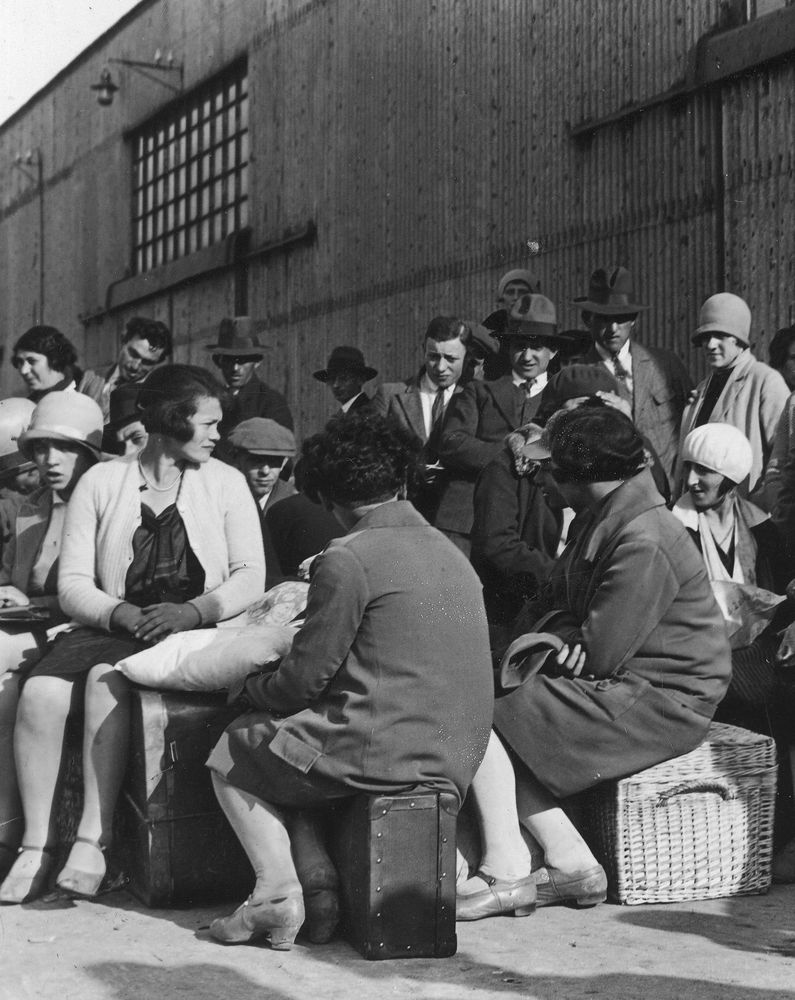

“Factory Children” and “Union Fathers”: Gender and Kin in the Berec Strike
In the winter of 1964, hundreds of workers at the Berec Battery Factory in Istanbul walked off the job.

From House to House: Struggles of Domestic Workers in Interwar Austria
In interwar Austria, domestic workers – overwhelmingly women – faced rapidly changing labour markets and uncertain legal position in addition to the ...
Confronting the misogyny


Working Together? Autonomous Feminists and Trade Union Women in Austria
In the 1970s and 1980s in Austria, autonomous feminists and socialist trade union women – each in their own manner – sought to address issues of ...
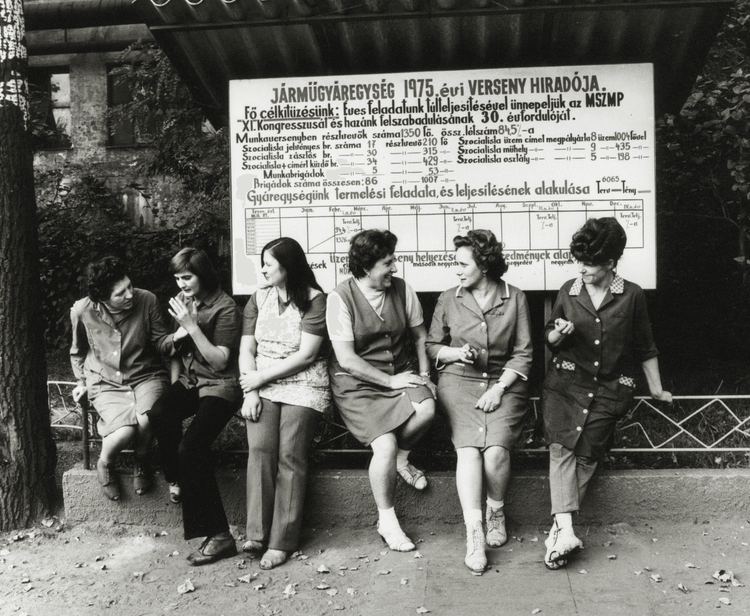
A Gendered Critique of Labour Relations in State Socialist Hungary
Júlia Turgonyi’s research into the everyday realities of women workers in state socialist Hungary stands as a striking example of applying social ...
Protests in the Bulgarian Tobacco Industry
In the early 1930s, the Bulgarian tobacco industry experienced a major transformation of the production process, one that had significant social ...

Promoting Women’s Right to Work Internationally
In the late nineteenth and early twentieth centuries, women’s right to paid work was a central concern within socialist and social democratic ...
We want education!
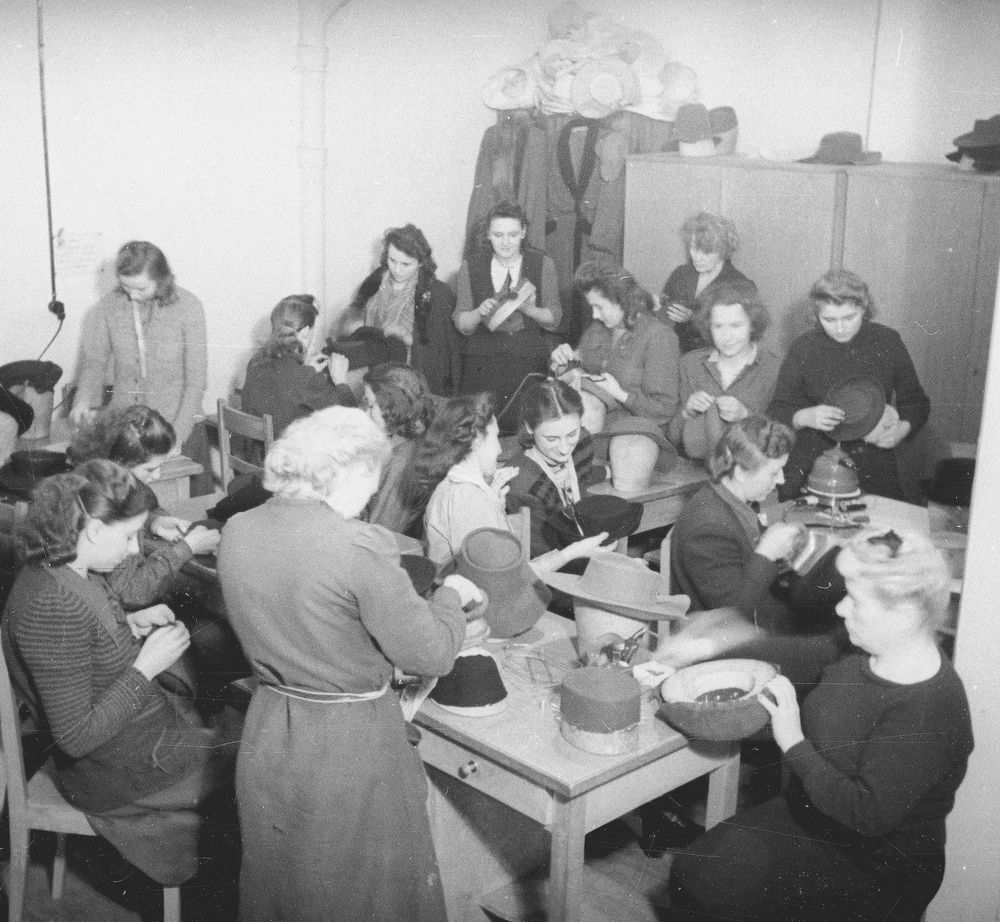

Learning to Organize: Women’s Education in the Co-operative Movement, 1900–1940s
In the first half of the twentieth century, women in Central and Eastern Europe entered the co-operative movement not only as rank-and-file members ...
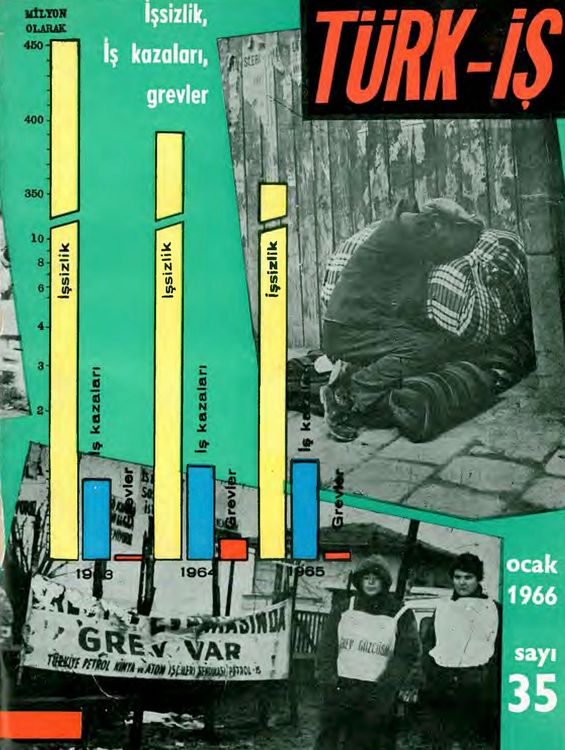
Empowering Turkish Women? Trade Union Education
The case of women’s labour activism within the Confederation of Turkish Trade Unions (Türk-İş) during the 1960s and 1970s illustrates how ...

Crafts Movement in the Habsburg Lands and Beyond
The women’s crafts movement emerged in the second half of the nineteenth century as an organized effort to professionalize women’s manual work.
Institutional activism


Addressing the Needs of Roma
The Cultural Association of Gypsies in Hungary (MCKSZ), established in 1957, became a pioneering platform for advocating Romani rights.

Creating Childcare Facilities in Poland
During the late 1920s and 1930s, women labour inspectors in Poland led a campaign to prompt employers to install daycare facilities for the children ...
Activism at the workplace


Speaking Up: Hungarian Peasant Women’s Activism
Together with their male comrades, peasant women fought for a variety of improvements in the working and living conditions of agrarian men and women. ...

Interwar Trade Union Struggles at the Belvedere Tobacco Factory
Between the world wars, the Belvedere Tobacco Factory in Bucharest was one of the major state-owned enterprises in Romania.

Bridging Class Divides? Polish Women Labour Inspectors in the Interwar Period
As Poland built itself into a modern nation-state after regaining independence in 1918, a unique group of women entered the public sphere as labour ...
